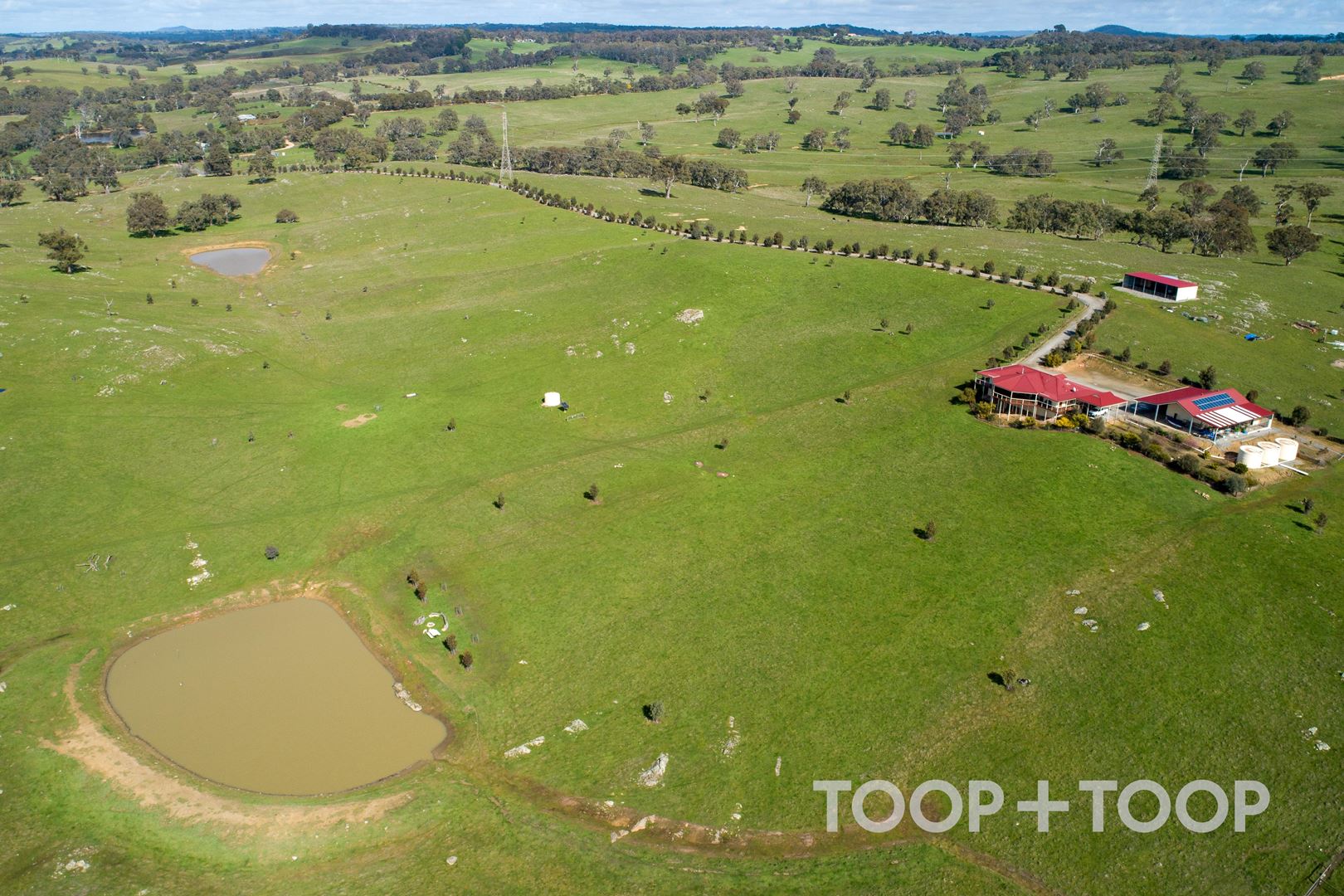April 14, 2020
Breaking a lease
When a tenant moves out before the tenancy agreement has finished, they will be breaking their lease.
The termination of tenancy agreement for no lawful reason may result in financial losses from the landlord.
A tenant may be liable to compensate the landlord for rental payments until new renters move in or until the end of the fixed term. This will incur advertising costs involved with finding a new tenant as well as reletting fees.
There are some circumstances whereby a tenancy agreement is automatically terminated.
These include:
If a person with superior claim to the premises takes possession.
If a mortgagee takes possession under the mortgage.
If the tenant gives up possession with the landlord’s consent.
If the tenant buys the property.
If the landlord lawfully terminates the tenancy agreement, the tenant must move out. If a tenant doesn’t leave the property, the landlord can apply to the South Australian Civil and Administrative Tribunal (SACAT) for a repossession order.
If the tenant fails to provide vacant possession as ordered, the landlord can apply for this order to be enforced by a bailiff. Landlords should not attempt to remove the tenant or their belongings from the property.
Any goods left behind by the tenant are to be handled by the landlord. Perishable goods can be removed immediately. Low value items like clothes can be removed 2 days after the landlord takes repossession. High value items as well as any personal documentation must be kept safe for at least 28 days after retaking possession of the property. During this time period, a landlord must take the reasonable steps to contact tenants and organise having them collect their goods.



